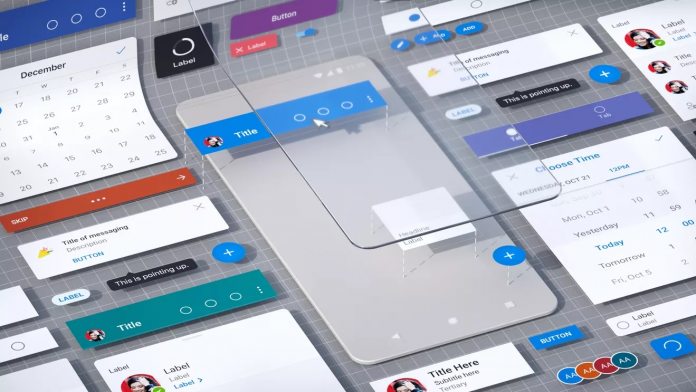Ignoring Microsoft’s messy update schedule (what is a major update, what isn’t?), one of the big changes for Sun Valley will be a revamped Windows 10 desktop experience. Microsoft documentation shows Windows 10 21H2 will play a pivotal role. It will transform the look and feel of the operating system with a fresh design across desktop, Taskbar, Start menu, and Action Center. WindowsLatest found a Microsoft job post that seems to point towards development of this design. In fact, Microsoft says directly the revamp will be a push towards the consumer market. Microsoft’s recent Windows 10 updates have been enterprise focused, including the upcoming 20H1 release. By utilizing its Fluent Design concept and extending it to a new Windows desktop design, Microsoft is directly targeting consumers again: “On this team, you’ll work with our partners to orchestrate and deliver a sweeping visual rejuvenation of Windows experiences to signal to our customers that Windows is BACK and ensure that Windows is considered the best user OS experience for customers,” Microsoft noted in the job listing.
Coming Soon
It is worth noting the job post has been open since October last year and Microsoft does not offer much more information. Although, it is likely development is already reaching an advanced stage and previews could arrive shortly. Windows 10 21H2 should be landing on the Windows Insider Program soon. Microsoft typically tests two Windows preview branches at once. With 21H1 development already advanced, it will soon be time to open beta previews for 21H2. Whether the new desktop design will be in those early previous is unlikely. Even so, we can look forward to seeing it in a preview build over the coming months. As for the launch of Windows 10 21H2 Sun Valley, that should happen during October or November of this year. Tip of the day: Do you know that Windows 10 now has a package manager similar to Linux called “Winget”? In our tutorial, we show you how to install and use this new tool that allows the quick installation of apps via PowerShell or a GUI.




